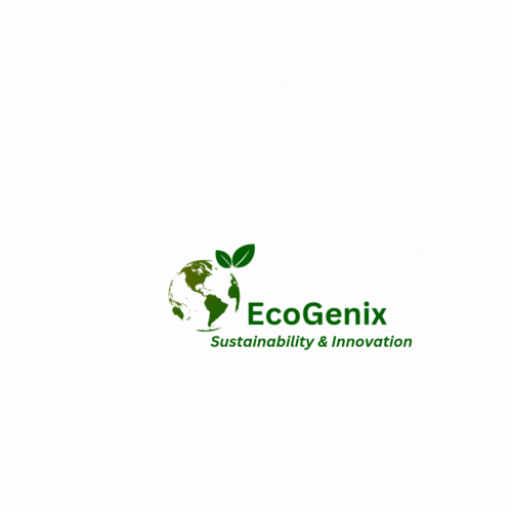Introduction
The Sustainable Development Goals (SDGs) were adopted by the United Nations in 2015 as a universal call to action to end poverty, protect the planet, and ensure prosperity for all by 2030. SDG 17, often referred to as “Partnerships for the Goals,” recognizes the interconnected nature of the goals and the need for collaboration among governments, civil society, the private sector, and other stakeholders to achieve them. SDG 17 acts as an enabler for the successful implementation of the other 16 goals, fostering global cooperation, resource mobilization, and knowledge sharing.
Understanding SDG 17: Partnership for the Goals
SDG 17 emphasizes the importance of global partnerships in achieving sustainable development. It acknowledges that addressing complex challenges such as poverty, inequality, climate change, and lack of access to basic services requires collaborative efforts beyond borders and sectors. The goal outlines key means of implementation that include finance, technology, capacity-building, trade, and systemic policy coherence.
Achieving SDG 17: How it can be done
- International Cooperation: Governments, international organizations, and civil society must work together to create an enabling environment for sustainable development. This involves fostering political will, policy alignment, and joint initiatives on a global scale.
- Private Sector Engagement: Businesses play a pivotal role in achieving the SDGs. Partnerships between governments and the private sector can leverage resources, innovation, and market influence to drive sustainable development solutions.
- Technology Transfer: Developing countries often lack access to advanced technologies needed for sustainable development. Developed countries can facilitate the transfer of relevant technologies and knowledge to bridge this gap.
- Finance Mobilization: Adequate funding is crucial for implementing the SDGs. Partnerships between governments, international financial institutions, and philanthropic organizations can pool resources to finance projects and programs aligned with the goals.
- Capacity-building: Developing countries require capacity-building support to effectively plan, implement, and monitor sustainable development initiatives. Technical assistance, knowledge exchange, and training can facilitate this process.
Integration with Other SDGs
SDG 17 is integrally linked with all other goals. It acts as a connective tissue that enables collaboration and coordination among various sectors and stakeholders. For example:
- Combating Climate Change (SDG 13): Partnerships facilitate the transfer of renewable energy technologies, the implementation of climate resilience projects, and the sharing of best practices in mitigation and adaptation.
- Ending Poverty (SDG 1): Collaboration helps design poverty reduction strategies, promote inclusive economic growth, and mobilize resources to uplift marginalized communities.
- Quality Education (SDG 4): Partnerships can support teacher training, educational infrastructure development, and the establishment of global networks for knowledge sharing in education.
Target Audience and Geographic Scope
The primary target audience for SDG 17 includes governments, international organizations, non-governmental organizations, the private sector, academia, and local communities. It emphasizes collaboration at both the national and international levels.
Current Status and Measures Implemented Worldwide
While progress has been made since the adoption of the SDGs, challenges remain. Some notable examples of measures implemented globally include:
- Partnerships for Financing: Initiatives like the Green Climate Fund and various impact investment funds are mobilizing resources for sustainable development projects.
- Technology Sharing: Initiatives such as the Technology Facilitation Mechanism aim to promote technology transfer and cooperation for sustainable development.
- Voluntary National Reviews (VNRs): Many countries have undertaken VNRs, sharing their progress, challenges, and best practices in achieving the SDGs, fostering a culture of mutual learning.
Benefits, Concerns, and Solutions
Benefits:
- Enhanced resource mobilization for sustainable development projects.
- Sharing of best practices and lessons learned across countries.
- Increased innovation through collaborative research and development efforts.
Concerns:
- Power imbalances in partnerships can lead to unequal distribution of benefits.
- Lack of accountability and transparency in some partnerships.
- Overreliance on private sector partnerships can risk profit motives overshadowing development goals.
Solutions:
- Ensure inclusive representation in partnership decision-making.
- Establish clear accountability mechanisms for partners.
- Foster multi-stakeholder dialogues to address concerns and align interests.
Conclusion
SDG 17 underscores the importance of collaboration and partnerships as the cornerstone of achieving the broader sustainable development agenda. By fostering cooperation across sectors, countries, and stakeholders, SDG 17 serves as a catalyst for progress in addressing the world’s most pressing challenges. Achieving the SDGs by 2030 requires a united effort that transcends boundaries and harnesses the collective strength of the global community.
ARTICLE BY: WAYNE TOTA
Food Security and Climate Change
waynetota9@gmail.com
0601133196239
Visit for more articles:
https://sites.google.com/view/foodsecure-sustain-agriclimate/home.

Leave a Reply